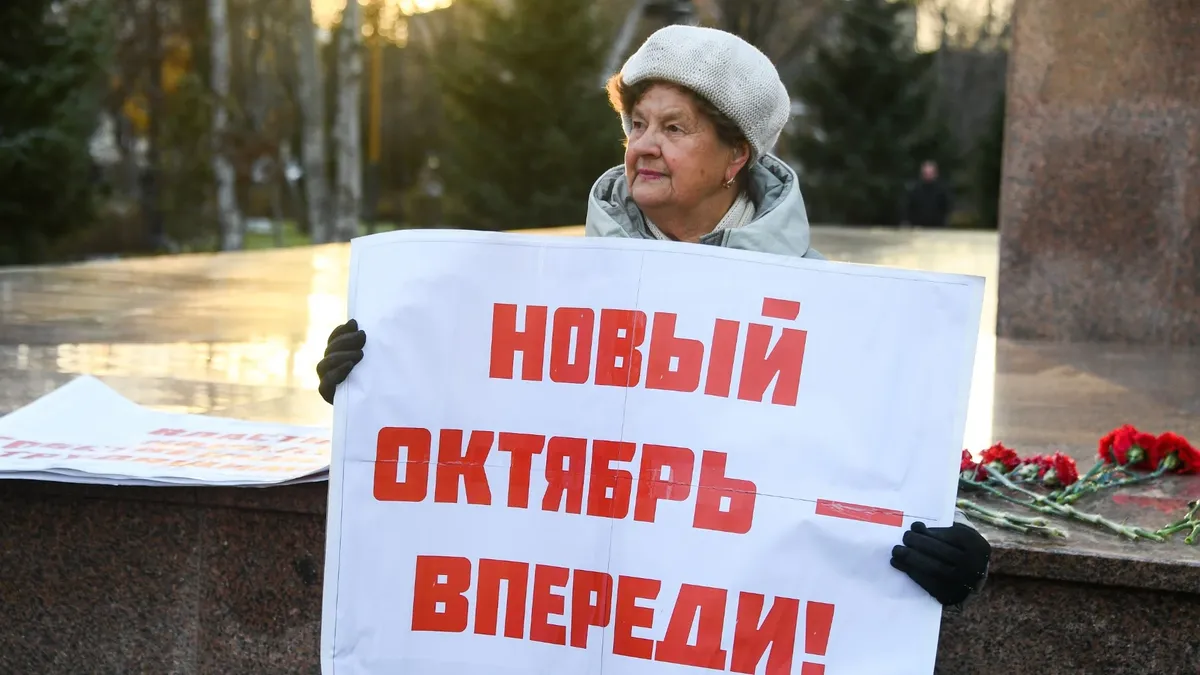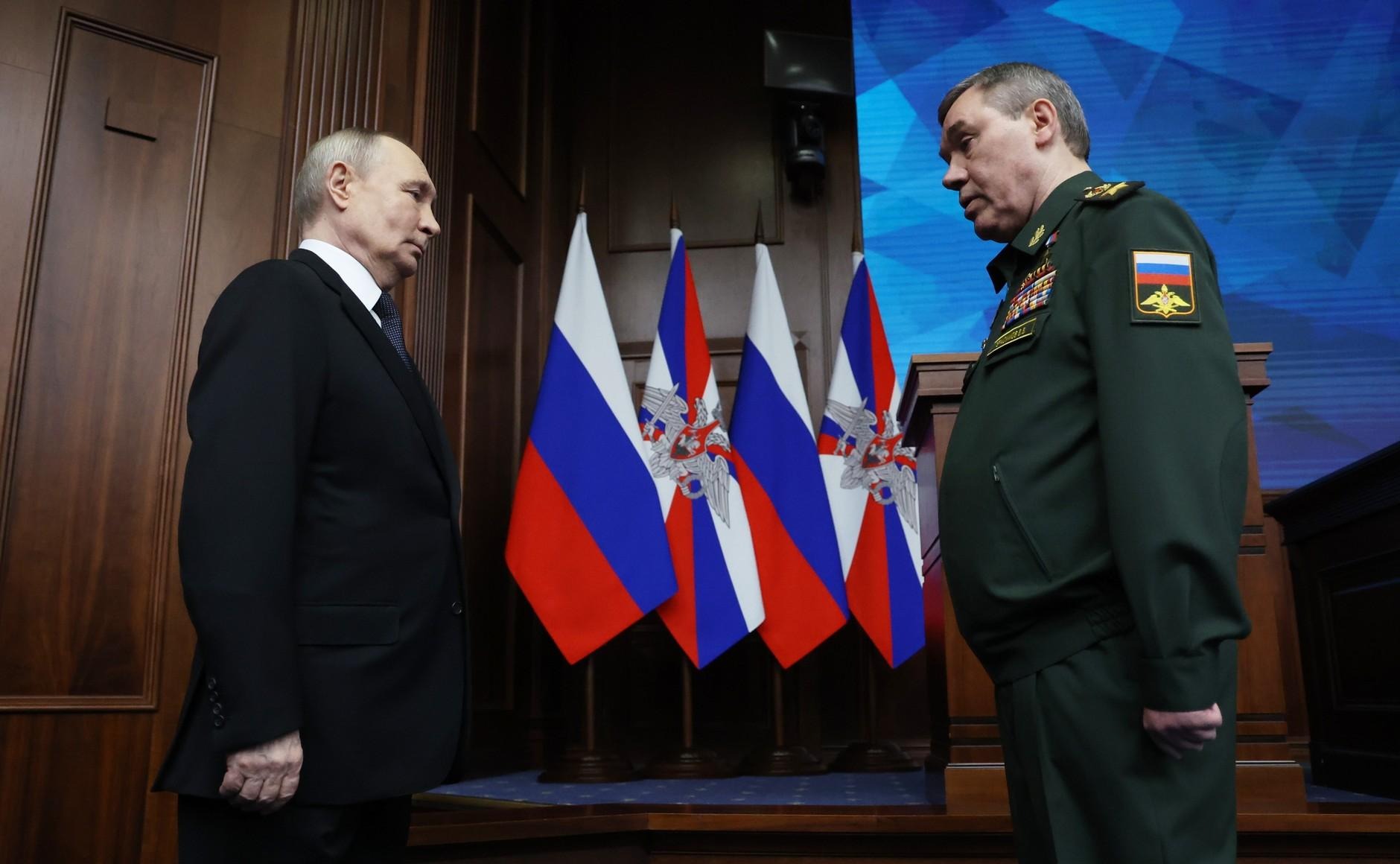“Steppe Eagle” Promises Closer UK-Kazakh Military Relations
“Steppe Eagle” Promises Closer UK-Kazakh Military Relations
Joint UK-Kazakh military exercises held in Kazakhstan, August 18-25, may herald closer cooperation between the two countries and open future exercises to greater regional participation. This diplomatic success, in the context of the war on terror, promotes British interests in the region and facilitates joint operational planning between the respective militaries; it also brings potentially enormous benefits to Kazakhstani servicemen able to train alongside experienced professional soldiers and officers. While its significance should not be underestimated, it also presents challenges for both states, which could have an impact on the security dynamics of the region.
Kazakhstan contributed elements of its air-mobile forces based at Kapchagai and its peacekeeping battalion (KAZBAT), local armaments (tanks and armored personnel carriers) as well as air-defense components including Su-27 fighters and Mi-8 helicopters, An-12 cargo planes, and air-defense missile systems. Britain sent a 164-man battalion from the Princess of Wales regiment to help strengthen Kazakhstan’s anti-terrorist and peacekeeping capabilities. Since Kazakhstan’s armed forces currently lack credible air options and possess only moderate strengths in air mobility, the field exercises concentrated on this aspect. Defense attaches from India, Pakistan, Russia, South Korea, Turkey, and the United States attended the exercises, which rehearsed an attack by insurgents on Kazakhstan’s oil infrastructure (Parlamentskaya gazeta, August 24; Kazinform, August 16).
Steppe Eagle is likely to become an annual international military exercise broadened beyond a bilateral UK-Kazakh arrangement to involve other partners in the region. Kazakhstan’s Ministry of Defense is currently working towards these ends in its planning for the next Steppe Eagle in the summer of 2005. What remains unclear is the level of interest in Bishkek, Dushanbe, and Tashkent in agreeing to take part. Plans will be finalized in the spring of next year.
Such bilateral military exercises, however, only result from the extremely detailed hard work of the British Ministry of Defense, working in close cooperation with the Directorate for International Military Cooperation within the Kazakhstani Ministry. Though the UK does not have the capital to invest in foreign militaries, it places great emphasis upon imparting key skills to a host nation, utilizing specific strengths in areas such as personnel training, language skills, and developing the necessary approach to the process of peace-support operations. Early indications suggest that the approach is proving successful, not least in building stronger bilateral security relations and inculcating an atmosphere of partnership in an effort to enhance Kazakhstan’s anti-terrorist and peace support capabilities. Therefore, it is no small step for Major-General Bulat Sembinov, Deputy Defense Minister, to reflect on Steppe Eagle as a “real partnership” with the United Kingdom (Interfax, August 18).
The exercises in themselves may seem comparatively small, though they are markedly bigger in size and scale compared to the first Steppe Eagle held in 2003. Nevertheless, they provide a forum within which Kazakhstani servicemen are brought face-to-face with officers and soldiers from the UK, gaining invaluable practical experience. Here, for instance, Kazakhstani officers and planning staffs can learn for themselves that there is more involved in producing professional military personnel than simply pay and social conditions: they can see a difference in approach and ethos.
Key planners on the UK side share this view, to a great extent. Lieutenant-Colonel Graham Sheeley, UK Defense Attache in Almaty, spoke of the need to learn together how to hold safe military exercises, especially given the presence of Kazakhstani servicemen in Iraq (Interfax, August 18). In other words, UK planners recognize that Kazakhstan is a long-term partner in the war on terror, and since elements of KAZBAT remain deployed in Iraq, it is certainly a realistic prospect that the British and Kazakhstani militaries will in future work together in joint operations.
Steppe Eagle, and its likely enlargement next year to include other participants, marks another practical demonstration that Kazakhstan has committed itself politically to support and play and active role in the global war on terrorism. In this context it is already a clear success. However, other ventures based on good intentions, such as the CENTRASBAT exercises held in Central Asia in the 1990s, failed because no real and lasting regional cooperation was developed. If Steppe Eagle does enlarge to include other neighboring countries, it may trigger a renewed search for security cooperation among the Central Asian countries themselves. That is one key challenge that lies ahead for all interested parties. While at a geopolitical level no-one argues that Kazakhstan should realign itself towards the West, such exercises, and the ensuing Western security cooperation, can only enhance Kazakhstan’s national security and the proactive role it will play in securing a more stable and peaceful future for the region. Steppe Eagle could serve as a test case in which successful cooperation may presage more participation in NATO’s Partnership for Peace and possible NATO military exercises. Meanwhile, there may be reasonable grounds to share Sembinov’s quiet optimism and speak of a “real partnership” between the UK and Kazakhstan.


